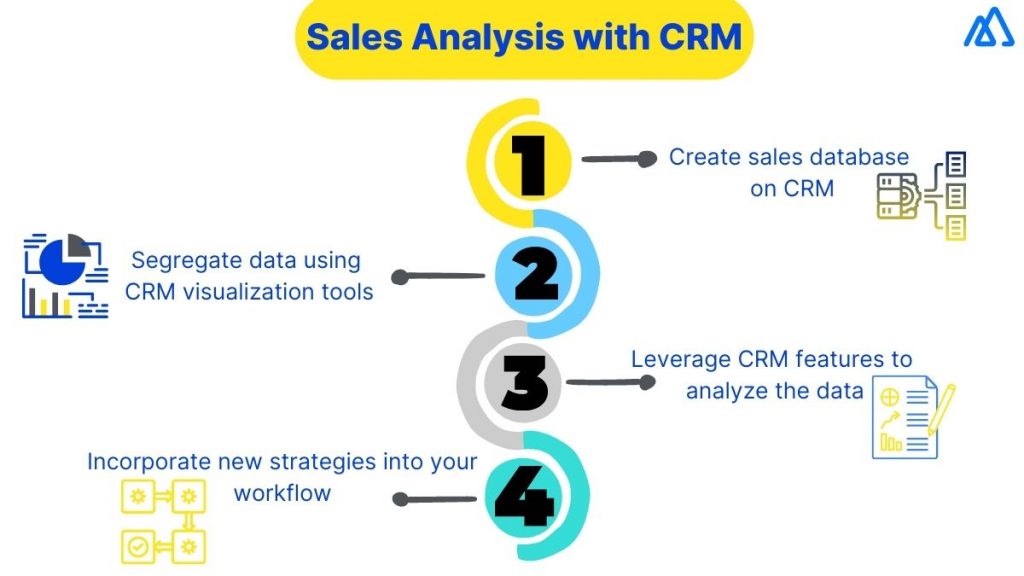Unlock the secrets to boosting sales with CRM analytics – discover data-driven strategies that’ll revolutionize your business performance today!
Table of Contents
CRM (Customer Relationship Management) analytics is a powerful tool that can help businesses maximize their sales performance. By leveraging data insights from CRM systems, companies can gain a deeper understanding of their customers, identify sales opportunities, and optimize their sales strategies for better results. In this blog post, we will explore how businesses can effectively use CRM analytics to drive sales.
Setting Up Your CRM Analytics System
Before diving into CRM analytics, it is essential to identify the key performance indicators (KPIs) that are most relevant to your sales goals. These KPIs could include metrics such as conversion rates, customer lifetime value, or average deal size. Once you have defined your KPIs, it’s crucial to integrate your CRM system with analytics tools to ensure seamless data flow between the two systems. Additionally, maintaining data accuracy and consistency in your CRM database is essential for reliable analytics insights.
Leveraging CRM Data for Sales Insights
Analyzing customer demographics and purchase history can provide valuable insights into customer behavior and preferences. By segmenting your customer base and understanding their needs, businesses can tailor their sales pitches and offerings more effectively. Monitoring customer engagement and interactions with your team can also help identify areas for improvement and potential sales opportunities.
Optimizing Sales Strategies with CRM Analytics
Predictive analytics can be a game-changer in forecasting sales opportunities and predicting customer behavior. By leveraging predictive analytics tools within your CRM system, businesses can identify potential leads and trends that can lead to increased sales. Additionally, segmenting your customer base for targeted marketing campaigns and personalizing sales approaches based on CRM insights can significantly impact your sales performance.

Image courtesy of kylas.io via Google Images
Tracking and Measuring Sales Performance
Setting up dashboards and reports to monitor sales metrics is essential for tracking sales performance over time. These reports can provide valuable insights into sales trends, team performance, and individual contributions. By continuously refining sales strategies based on data-driven insights, businesses can adapt to changing market conditions and customer preferences effectively.
Integrating CRM Insights into Your Sales Process
Incorporating CRM analytics into your sales team’s workflow can streamline processes and improve efficiency. By using CRM insights to prioritize leads and opportunities, sales reps can focus their efforts on high-potential prospects, leading to increased sales conversions. Providing training and support for sales reps to leverage CRM analytics effectively is crucial for ensuring successful implementation and adoption within the sales team.
Conclusion
CRM analytics can be a powerful tool for driving sales performance and maximizing revenue potential. By leveraging data insights from CRM systems, businesses can gain a competitive edge in today’s market. Investing in CRM analytics and integrating it into your sales process can help businesses identify sales opportunities, optimize sales strategies, and track performance for long-term success. By following the steps outlined in this blog post, businesses can harness the power of CRM analytics to drive sales and achieve their sales goals.




